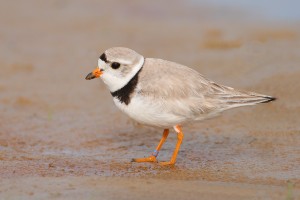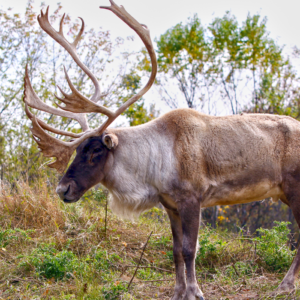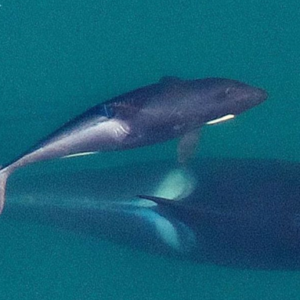Taking Strides to Protect Habitat for the Piping Plover
 |
| Photo: Brendan Toews |
We’ve talked about the Piping Plover quite a bit over the past few years. Many of you will remember the inspiring story of Annie Buckton – her fundraising efforts to protect the Piping Plover, a bird she grew to love during summer vacations on Sauble Beach, earned her the Nature Canada 2011 Charles Labatiuk Volunteer Award.
Here at Nature Canada, we have been working alongside Annie to protect this migratory bird. In our latest effort, we submitted comments on the proposed Species at Risk Act (SARA) Action Plan for the Ontario population of Piping Plover to the Canadian Wildlife Service at Environment Canada.
The Plover, like 84% of Canada’s at-risk species, is threatened with extinction because of loss of habitat. It is also one of Canada’s most studied birds with two distinct populations – one which ranges from Alberta to Ontario (Charadrius melodus circumcinctus), and the other along the Atlantic coast and Gulf of St. Lawrence (Charadrius melodus melodus). Unfortunately, Piping Plover breeding habitat often overlaps with popular areas for human recreation and is often destroyed by activities such as sunbathing, boating, and ATVs, as well as cottage and resort development.
Piping Plover populations living in Atlantic Canada and those living in the prairies, and around the Great Lakes are classified as endangered under SARA. The Act requires a recovery strategy and an action plan to be prepared for each species legally listed under SARA. The list is compiled using recommendations from the Committee on the Status of Endangered Wildlife in Canada (COSEWIC), an independent body of experts responsible for assessing and identifying species at risk.
After combing through the proposed Action Plan (AP), we concluded that while it is generally good, it could be strengthened to better respond to the apparent expansion of the Piping Plover population in the Great Lakes region. As this Great Lakes population increases, the long term goals of the Plan should be updated to reflect the change in the Piping Plover’s distribution. However, we also agree with Environment Canada that not enough is currently known about the growing Great Lakes population – and so we suggested that yearly surveys be conducted to collect new breeding information in places like Manitoulin Island.
For more on Nature Canada’s comments on the proposed SARA Piping Plover Action Plan, read our letter to the Canadian Wildlife Service at Environment Canada.



